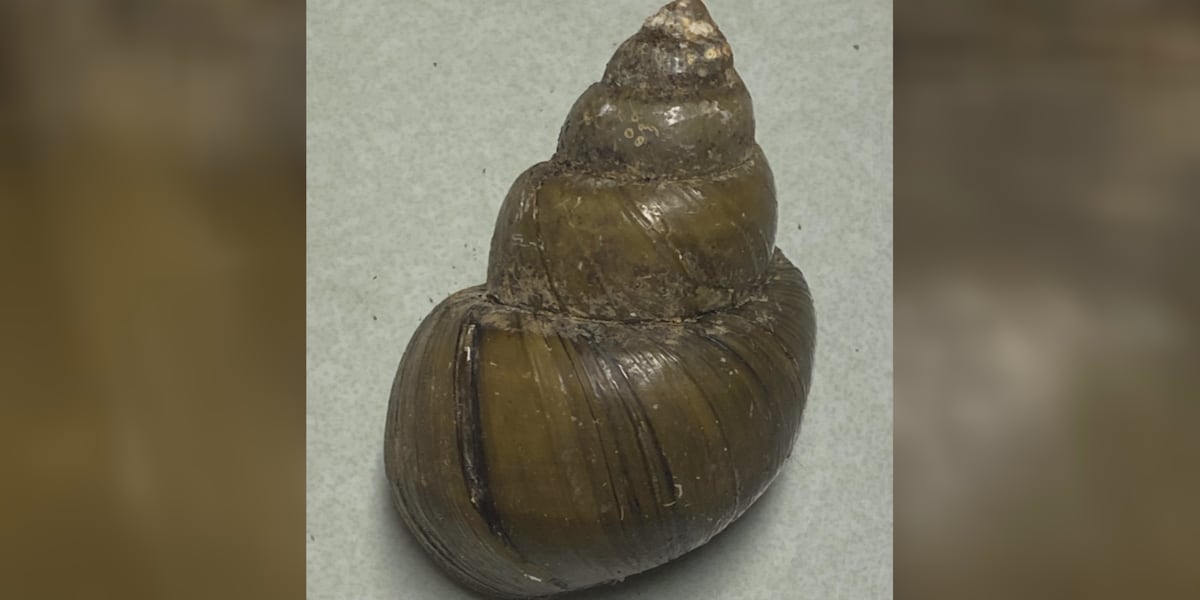Slime Invasion: Deadly Snails Threaten Southwest Georgia's Ecosystem and Residents

Alarming Discovery: Dangerous Parasitic Snails Invade South Georgia Lakes
Wildlife experts at the Georgia Department of Natural Resources have uncovered a potentially serious health threat lurking beneath the waters of two popular South Georgia lakes. Multiple invasive, non-native snail species carrying dangerous parasites have been identified, raising concerns for local residents and visitors.
These unwelcome aquatic invaders pose a significant health risk, as they can transmit harmful parasites that may cause serious illness. The discovery highlights the ongoing challenges of managing invasive species and protecting public health in Georgia's delicate ecosystem.
Researchers are urging lake-goers to exercise caution and remain vigilant. Swimmers, boaters, and recreational water enthusiasts should be aware of the potential dangers and take necessary precautions when enjoying these popular South Georgia lakes.
The Georgia Department of Natural Resources continues to monitor the situation and is working on strategies to control and potentially eradicate these invasive snail species before they can further spread and cause additional environmental and health complications.

